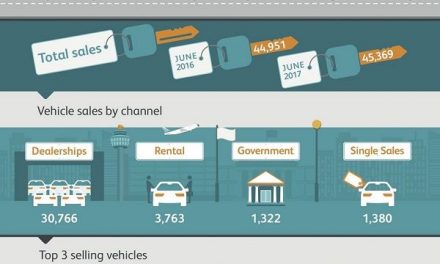
Namibia focuses on readiness and resilience to minimize disaster impacts

Namibia reaffirmed its commitment to proactive preparedness and resilience-building efforts to mitigate the impact of disasters, emphasizing the importance of preventing adverse situations from escalating into full-blown emergencies.
Addressing the belated commemoration of the International Day for Disaster Risk Reduction this week, Evelyn Nawases-Taeyele, Deputy Minister of Urban and Rural Development, stressed the significance of proactive disaster management strategies, especially in light of Namibia’s susceptibility to droughts, floods, wildfires, and other natural disasters.
Nawases-Taeyele underscored the role of international frameworks and policies, such as the Hyogo Framework for Action and the Sendai Framework for Disaster Risk Reduction, in guiding Namibia’s disaster management initiatives.
“We witness the rapidly unfolding cost-of-living crises which affect destitute members of society including women and girls the most,” Nawases-Taeyele remarked, addressing the disproportionate impact of disasters on vulnerable populations.
She emphasized the importance of inclusive and accessible participation in disaster risk reduction efforts, particularly for marginalized communities, emphasizing that no one should feel excluded.
“This day reminds us of the importance of disaster risk reduction in the face of increasing and unprecedented natural and human-induced disasters that threaten the lives and livelihoods of our people,” she said, urging citizens and governments to collaborate in resilience-building efforts.
Namibia has developed its National Strategy for Mainstreaming Disaster Risk Reduction, integrating risk reduction principles into development planning, institutional strengthening, risk assessment, public awareness, collaboration, and climate change adaptation to bolster resilience and mitigate the impact of natural disasters.
“Disaster risk reduction and resilience strategies help us consider our emergency response activities contemplating existing and new disaster risks, enabling us to design or adjust our activities so that people and communities become safer and more disaster-resilient,” Nawases-Taeyele explained.
She highlighted that disaster risk reduction strategies encompass efforts aimed at avoiding and mitigating disaster impacts, as well as initiatives focused on building back better after a disaster. These strategies also provide valuable insights into the underlying factors of vulnerability to hazards and their features.
In conclusion, Nawases-Taeyele reiterated that the disaster risk reduction approach aids in conducting effective disaster responses while simultaneously reducing risks should disasters occur.











































